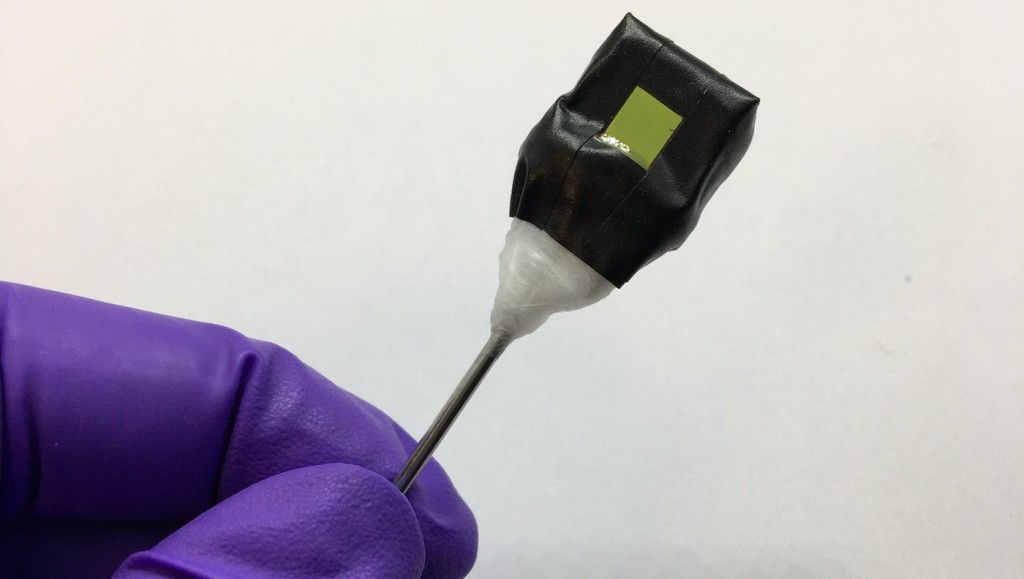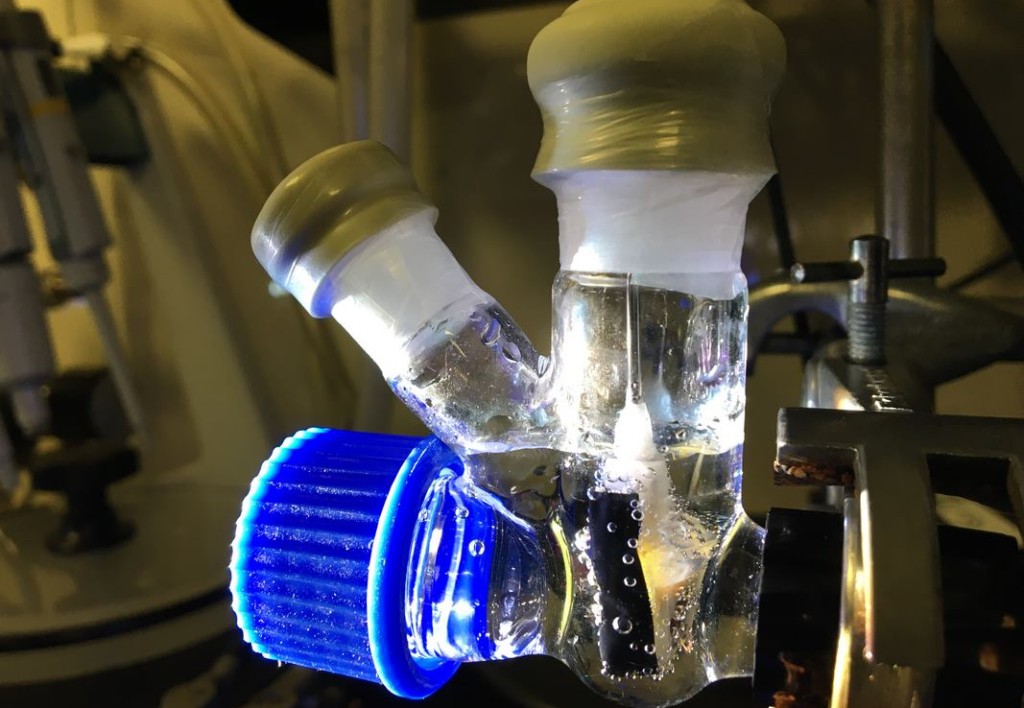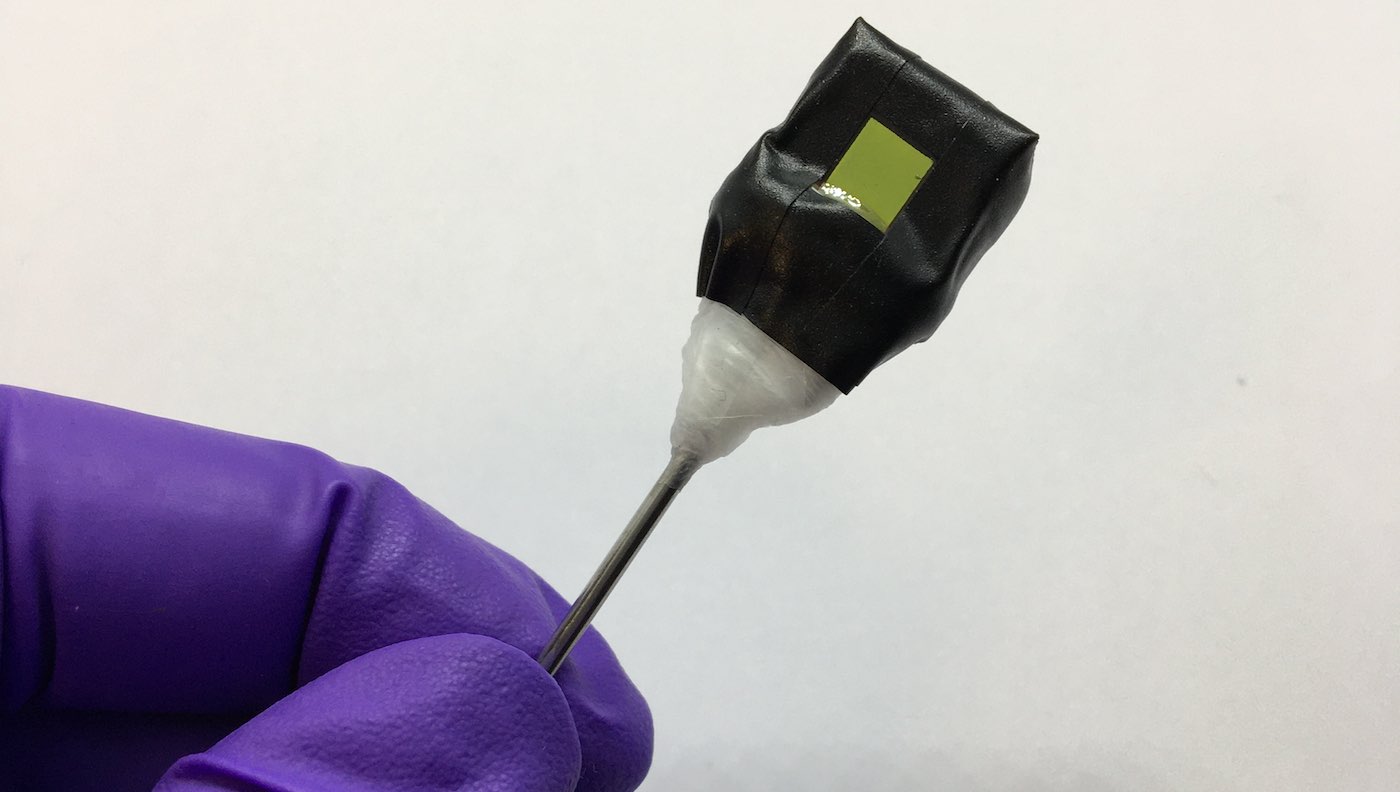
An environmentally clean fuel made from the power of the sun has been devised by scientists which could revolutionize motoring.
The solar-powered technology converts carbon dioxide and water into liquid fuels that can be directly dropped into a vehicle’s engine.
The researchers from the University of Cambridge harnessed the power of photosynthesis to convert CO2, water, and sunlight into multi-carbon fuels—ethanol and propanol—in a single step.
These fuels have a high energy density and can be easily stored or transported, according to scientists whose work was published in Nature Energy.
“Shining sunlight on the artificial leaves and getting liquid fuel from carbon dioxide and water is an amazing bit of chemistry,” said Dr. Motiar Rahaman, the new study’s first author.
“Normally, when you try to convert CO2 into another chemical product, you almost always get carbon monoxide or syngas, but here, we’ve been able to produce a practical liquid fuel just using the power of the Sun.”
They managed this by developing a copper and palladium-based catalyst, optimized to allow the artificial leaf to produce more complex chemicals.
Unlike fossil fuels, these solar fuels produce net zero carbon emissions and are completely renewable—and unlike most bioethanol, they do not divert any agricultural land away from food production, experts said.

OTHER BIOFUEL DEVELOPMENTS: First Flight of Regional Jet Powered by Hydrogen Fuel Cells–40-Seater is Largest Ever to Fly
While the technology is still at laboratory scale, the researchers said their ‘artificial leaves’ are an important step in the transition away from a fossil fuel-based economy.
Bioethanol is often touted as a cleaner alternative to gasoline since it’s made from plants instead of fossil fuels.
The United States is the world’s largest bioethanol producer. According to the USDA, almost 45% of all corn grown in the USA is used for ethanol production.
MORE AUTOMOTIVE NEWS: Car Makes Record-Breaking 621-Mile Trip on Single Charge Powered by the Sun
Currently, the artificial leaf and copper catalyst are proof of concept devices, and show only modest efficiency, the study authors added. They are now working to optimize the light absorbers so that they can better absorb sunlight and optimize the catalyst so it can convert more sunlight into fuel.
Further work will also be needed so the device can be mass-produced and make large volumes of fuel.
SHARE This Development In Bioethanol Fuels With Your Friends…




















